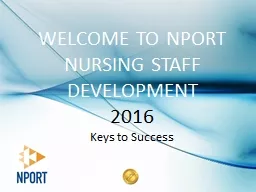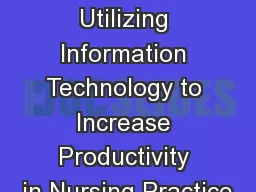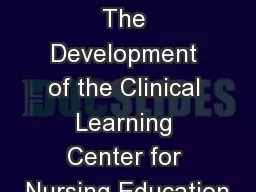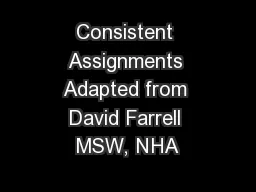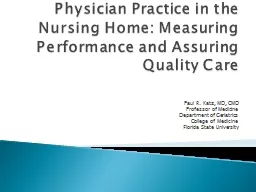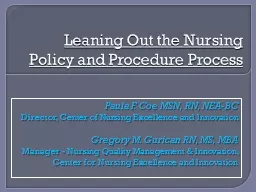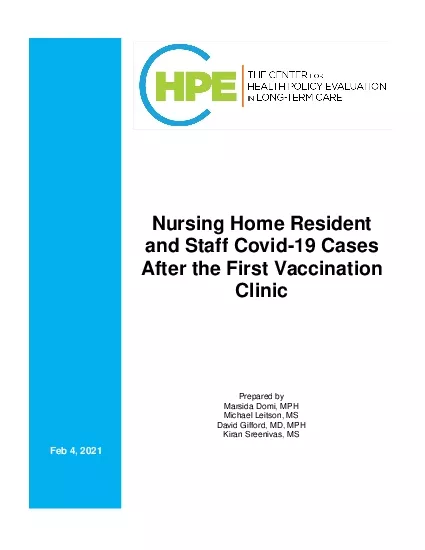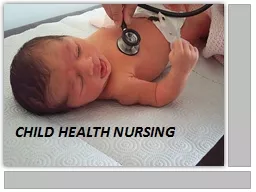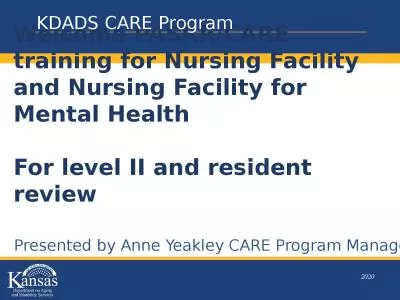PPT-WELCOME TO NPORT NURSING STAFF DEVELOPMENT
Author : celsa-spraggs | Published Date : 2019-11-24
WELCOME TO NPORT NURSING STAFF DEVELOPMENT 2016 Keys to Success Introductions Recruitment amp Staffing Team Payroll amp Billing Executive Management Clinical Supervisor
Presentation Embed Code
Download Presentation
Download Presentation The PPT/PDF document "WELCOME TO NPORT NURSING STAFF DEVELOPME..." is the property of its rightful owner. Permission is granted to download and print the materials on this website for personal, non-commercial use only, and to display it on your personal computer provided you do not modify the materials and that you retain all copyright notices contained in the materials. By downloading content from our website, you accept the terms of this agreement.
WELCOME TO NPORT NURSING STAFF DEVELOPMENT: Transcript
Download Rules Of Document
"WELCOME TO NPORT NURSING STAFF DEVELOPMENT"The content belongs to its owner. You may download and print it for personal use, without modification, and keep all copyright notices. By downloading, you agree to these terms.
Related Documents

